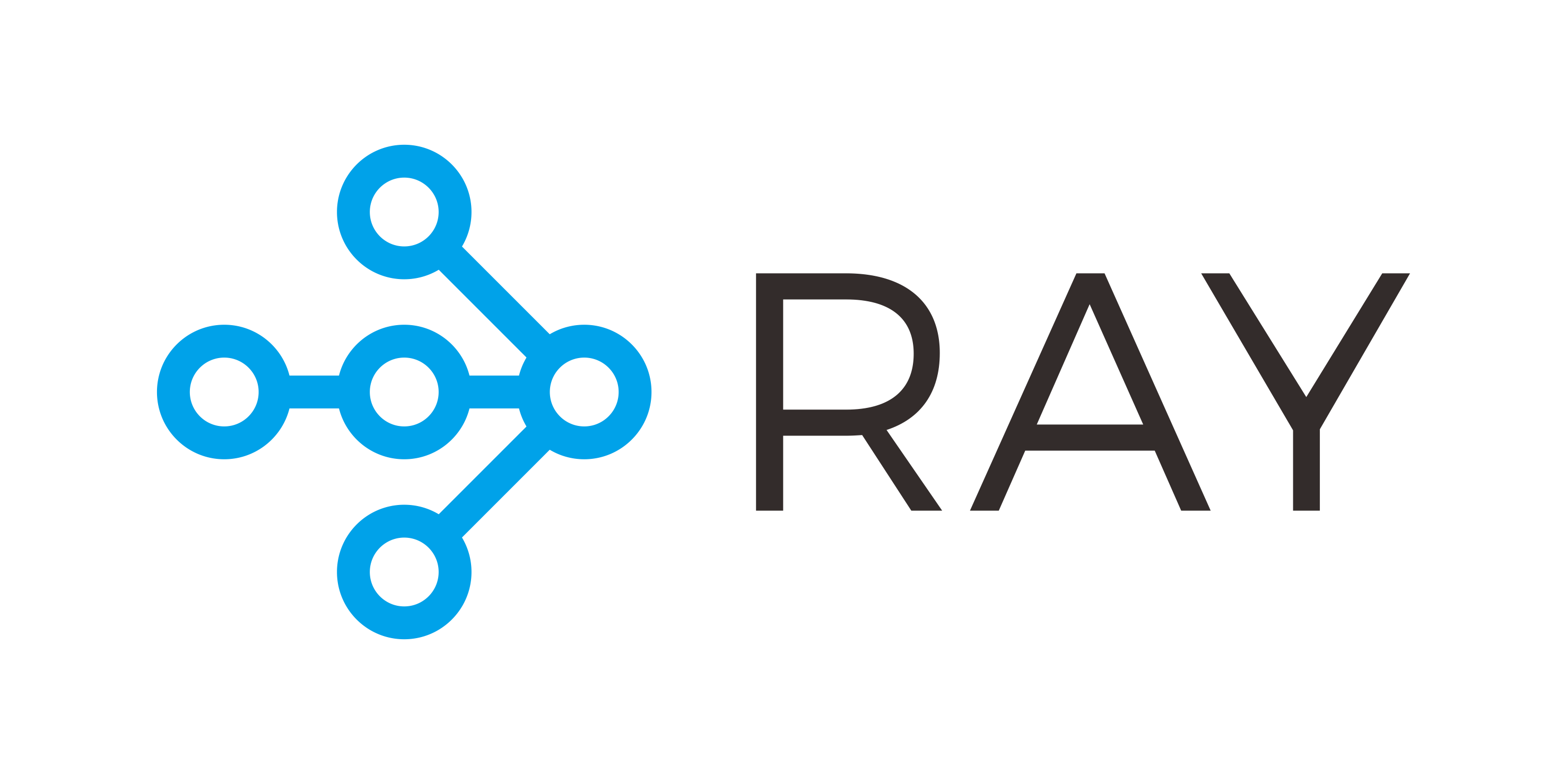© 2022, Anyscale Inc. All Rights Reserved
Welcome to a collection of education materials focused on Ray, a distributed compute framework for scaling your Python and machine learning workloads from a laptop to a cluster.
| Module | Description |
|---|---|
| Overview of Ray | An Overview of Ray and entire Ray ecosystem. |
| Introduction to Ray AI Runtime | An Overview of the Ray AI Runtime. |
| Ray Core: Remote Functions as Tasks | Learn how arbitrary functions to be executed asynchronously on separate Python workers. |
| Ray Core: Remote Objects | Learn about objects that can be stored anywhere in a Ray cluster. |
| Ray Core: Remote Classes as Actors, part 1 | Work with stateful actors. |
| Ray Core: Remote Classes as Actors, part 2 | Learn "Tree of Actors" pattern. |
| Ray Core: Ray API best practices | Learn Ray patterns & anti-patterns and best practices. |
| Scaling batch inference | Learn about scaling batch inference in computer vision with Ray. |
| Optional: Batch inference with Ray Datasets | Bonus content for scaling batch inference using Ray Datasets. |
| Scaling model training | Learn about scaling model training in computer vision with Ray. |
| Ray observability part 1 | Introducing the Ray State API and Ray Dashboard UI as tools for observing the Ray cluster and applications. |
| LLM model fine-tuning and batch inference | Fine-tuning a Hugging Face Transformer (FLAN-T5) on the Alpaca dataset. Also includes distributed hyperparameter tuning and batch inference. |
| Multilingual chat with Ray Serve | Serving a Hugging Face LLM chat model with Ray Serve. Integrating multiple models and services within Ray Serve (language detection and translation) to implement multilingual chat. |
You can learn and get more involved with the Ray community of developers and researchers:
-
Official Ray site Browse the ecosystem and use this site as a hub to get the information that you need to get going and building with Ray.
-
Join the community on Slack Find friends to discuss your new learnings in our Slack space.
-
Use the discussion board Ask questions, follow topics, and view announcements on this community forum.
-
Join a meetup group Tune in on meet-ups to listen to compelling talks, get to know other users, and meet the team behind Ray.
-
Open an issue Ray is constantly evolving to improve developer experience. Submit feature requests, bug-reports, and get help via GitHub issues.
-
Become a Ray contributor We welcome community contributions to improve our documentation and Ray framework.









